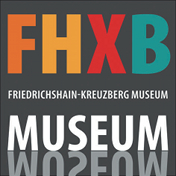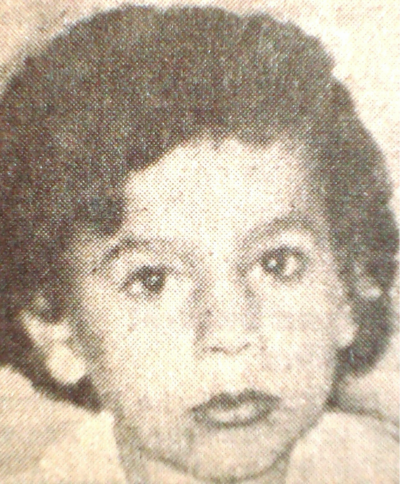Ceremonial naming of the Çetin-Mert-Park
May 11 | 3 pm | Green space Skalitzer Str. / corner of Mariannenstr.
Çetin Mert (1970-1975) lived with his family in Kreuzberg. His mother Münevver was one of the first migrant workers to come to West Berlin from Turkey. On his 5th birthday, May 11, 1975, Çetin was playing on what was then Gröbenufer (now May-Ayim-Ufer) near Oberbaumbrücke when he fell into the Spree and drowned. The full width of the Spree belonged to East Berlin and entering the border area was life-threatening. He could not be rescued. Çetin Mert was one of the youngest victims of the division of Berlin (1961-1989). Before he died, four children had already drowned near the Oberbaum Bridge. After his death, there were protests by Berliners of Turkish origin. In October 1975, the Senate and the GDR government signed an agreement on rescue measures in the event of accidents in Berlin's border waters. To prevent further accidents, a fence was erected on the banks of the Gröbenufer.
The inauguration event is a cooperation between the Friedrichshain-Kreuzberg district office and the Berlin Wall Foundation, at which an information plaque about Çetin Mert will also be unveiled. The following spoke: Clara Herrmann (District Mayor Friedrichshain-Kreuzberg), Anna von Arnim-Rosenthal (Berlin Wall Foundation, Director of the East Side Gallery), Dr. Jens Schöne (Deputy Berlin Commissioner for the Reappraisal of the SED Dictatorship, BAB), Safter Çınar (Board Spokesman Turkish Federation in Berlin-Brandenburg). Musically framed by: Encan Acıkada.
Free admission | wheelchair access | speeches in German spoken language
Commemorative Plaque Commission
The Commemorative Plaque Commission of the District Friedrichshain-Kreuzberg
The commemorative plaque commission is an advisory body for the district council and the district office. The commission deals with the care and maintenance of existing commemorative plaques and evaluates proposals for new commemorative plaques and street names. It is composed of one representative (on the district council) of each of the fractions and groups within the district council; of a member of the district office for district history, who also assumes the role of chair; of the head (or representative) of the culture and history division of the district office, as well as five interested and competent individuals from the subject-relevant public (for example, victims organized within the Memorial to the German Resistance, Historians). Currently, representatives of this subject-relevant public are:
Frieder Böhne (VVN/BdA), Dr. Dirk Moldt (Forum Erinnerungslandschaft Friedrichshain), Dr. Hans Rainer Sandvoß (Memorial to the German Resistance), and Martin Schönfeld (Kulturwerk des bkk Berlin – office for art in public space).
The commemorative plaque commission is tasked with the following:
- Care of existing commemorative plaques
- Collection and registration of proposals for new works of remembrance or for street name changes
- Commissioning the culture and history division of the district office and/or an expert council with the evaluation of historical facts in text, design, and presentation
- Consultation on plans for commemorative projects, preparation of plans for the district council
- Clarification and determination of funding
- Supervision of measures and methods for installation
Fulfillment of these tasks is supported by the division for culture and history of the district council.
An example of this commission’s work is the naming of the streets surrounding the o2-Arena.







